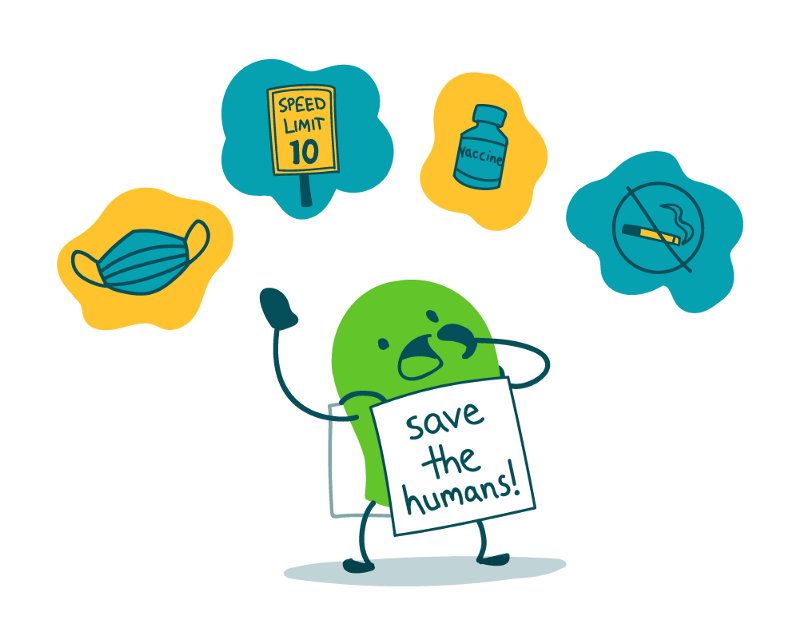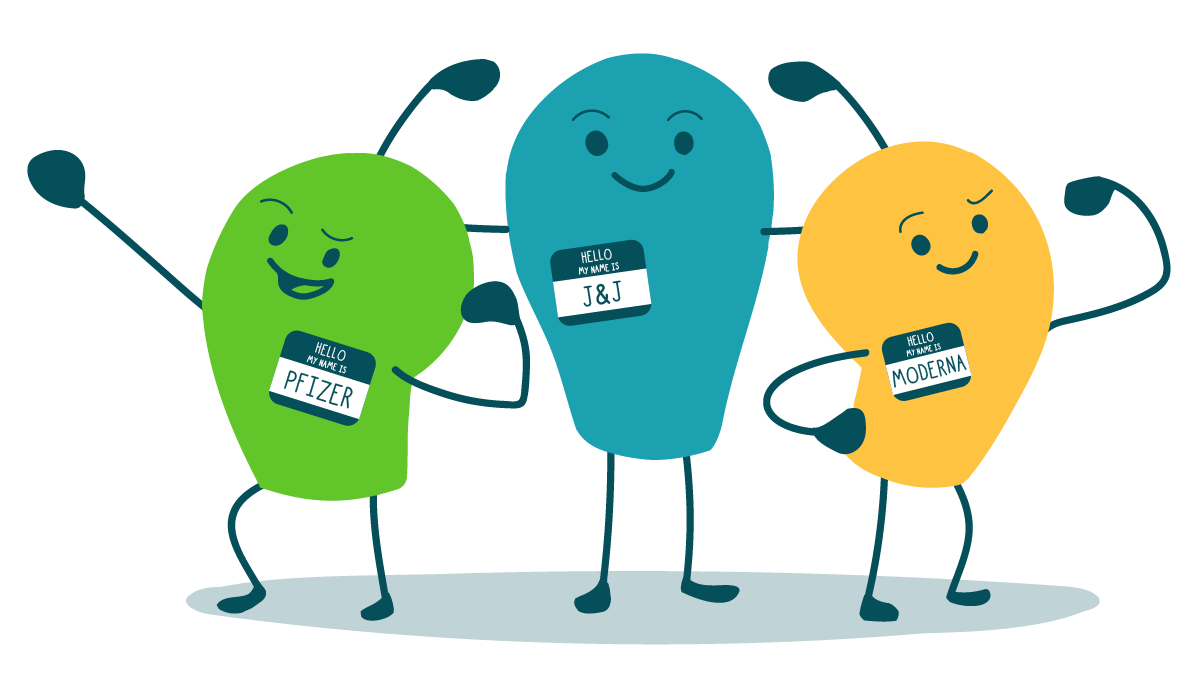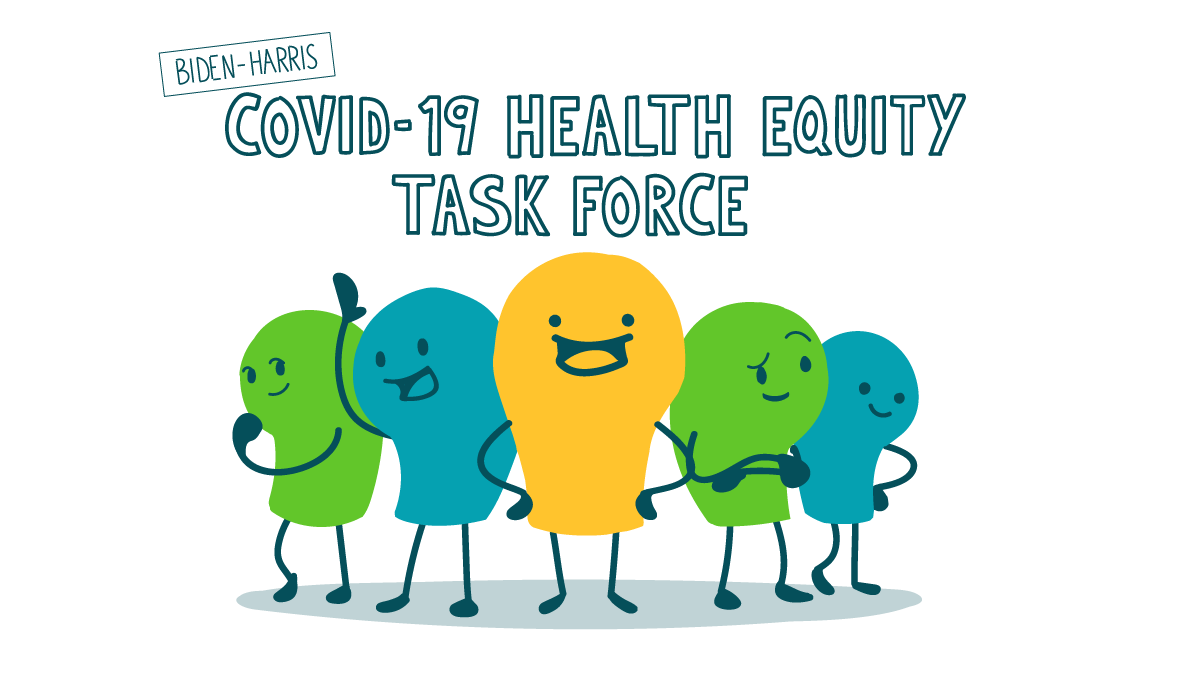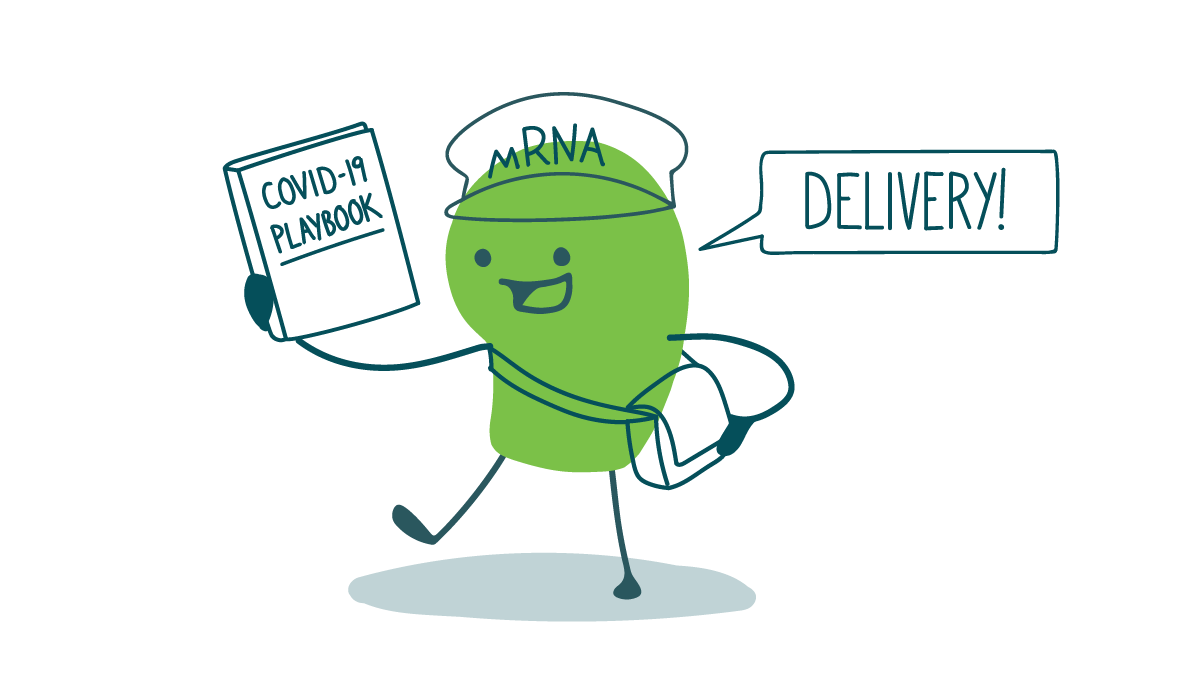
We’ve seen lots of good guidance lately that focuses on how people can keep themselves safe and healthy during the pandemic. And that type of guidance is useful and necessary.
But here at We ❤ Health Literacy Headquarters, we’ve been thinking a lot about what’s missing from that advice: how to protect other people. Because in a pandemic, every personal risk is a public risk — and every personal choice to wear a mask or stay at home is a public service. That means when we focus too much on self-protection, we’re missing half the message.
Fortunately, most people want to do good and help others — and this desire to help those around us can even help motivate behavior change. So when you write about COVID-19, use these tips to keep the public front and center in this public health crisis:
- Help people feel helpful (or even heroic!). Tell your audience that even if they aren’t worried about themselves or their families getting sick, they have a chance to protect other people. Going out to eat? Think about the server and the person at the next table. Traveling by plane? Think about the flight crew and other passengers. Stress that when they avoid exposing others to the virus, they could be saving a life. And to make these public effects feel more, well, personal, try highlighting real stories of people who’ve been affected by COVID-19.
- Call out “COVID privilege.” Not everyone has the option to stay home, and many people working non-remote jobs are risking their lives for less than a living wage. So remind readers who have the privilege of isolating themselves and their families to consider this power imbalance. Encourage them to take a question like this: “Is it safe for me and my family to go on vacation/have someone clean our house/go to a salon?” And reframe it like this: “Is it safe for us and everyone we’ll come in contact with?”
- Draw helpful public health parallels. People may bristle at mask mandates because the concept is so new. So help your readers make the connection with more familiar public health measures. Do they pay attention to speed limits when driving? Refrain from smoking in restaurants? Cover their mouth when they cough? Masks are just like that — something we all need to do to keep our fellow humans safe and healthy.
- Keep their eyes on the prize. There’s no point pretending that COVID prevention is all a (socially distant) walk in the park. And your audience may feel that their responsible choices are meaningless in light of irresponsible choices by their elected leaders. But individual actions do make a difference in a pandemic. So remind them that joining in collective efforts to prioritize public health now could lead to a healthier future for all of us.
We also want to acknowledge that it’s only useful to understand how your choices impact others… if you actually have choices. For many people, doing things that expose others to risk — like coming within 6 feet of coworkers and sending kids to daycare — are economic necessities. So keep this distinction in mind, and offer harm reduction tips to help your readers reduce the risk to themselves and to those around them.
The bottom line: COVID-19 is a public health crisis — so help your readers act for the good of us all.
Browse recent posts


